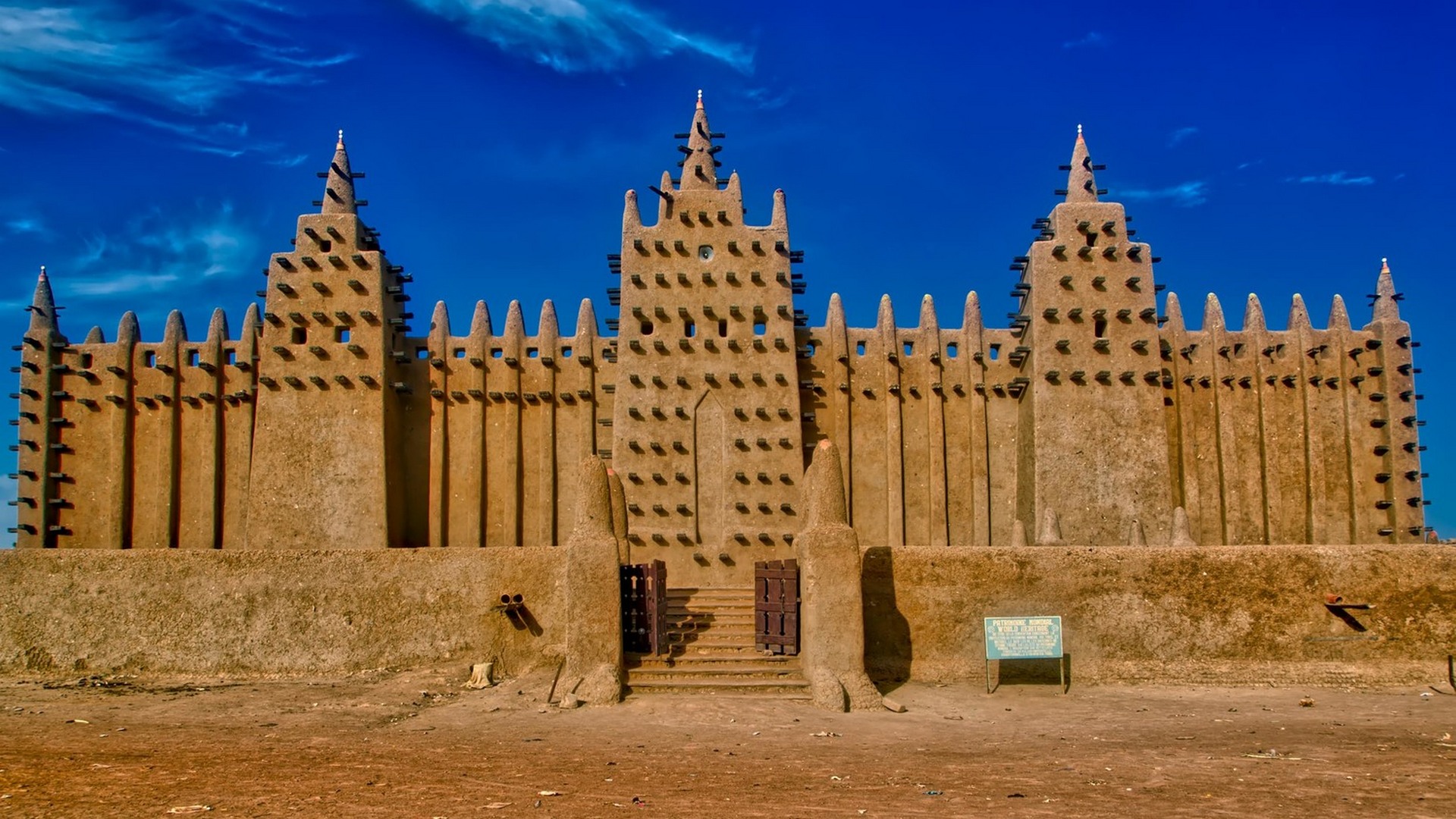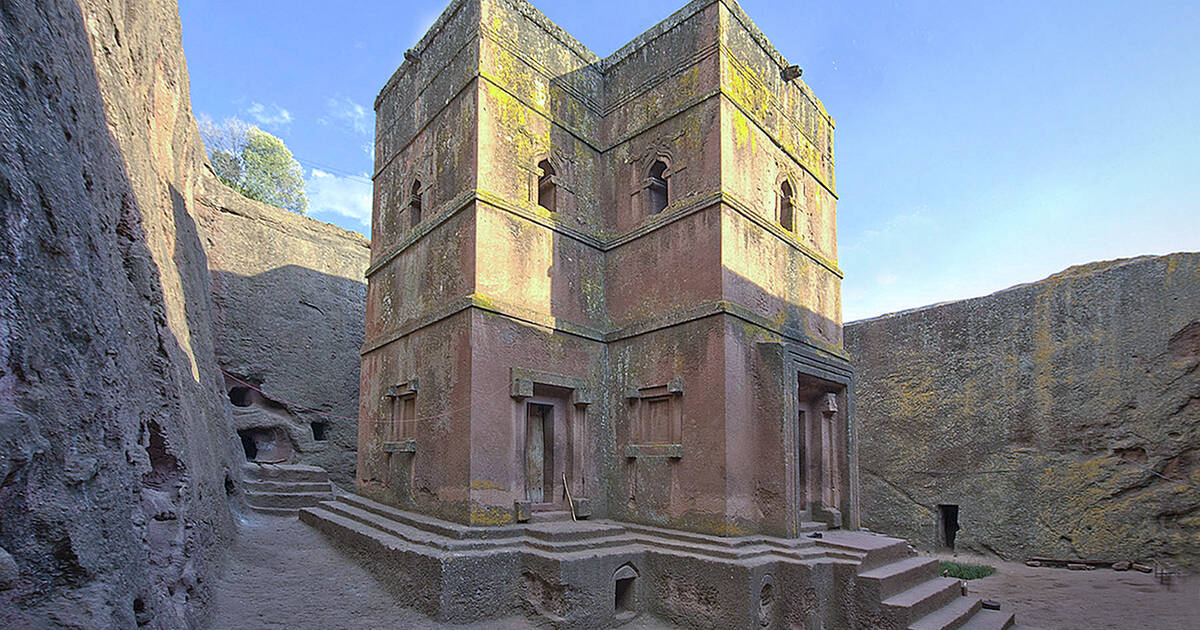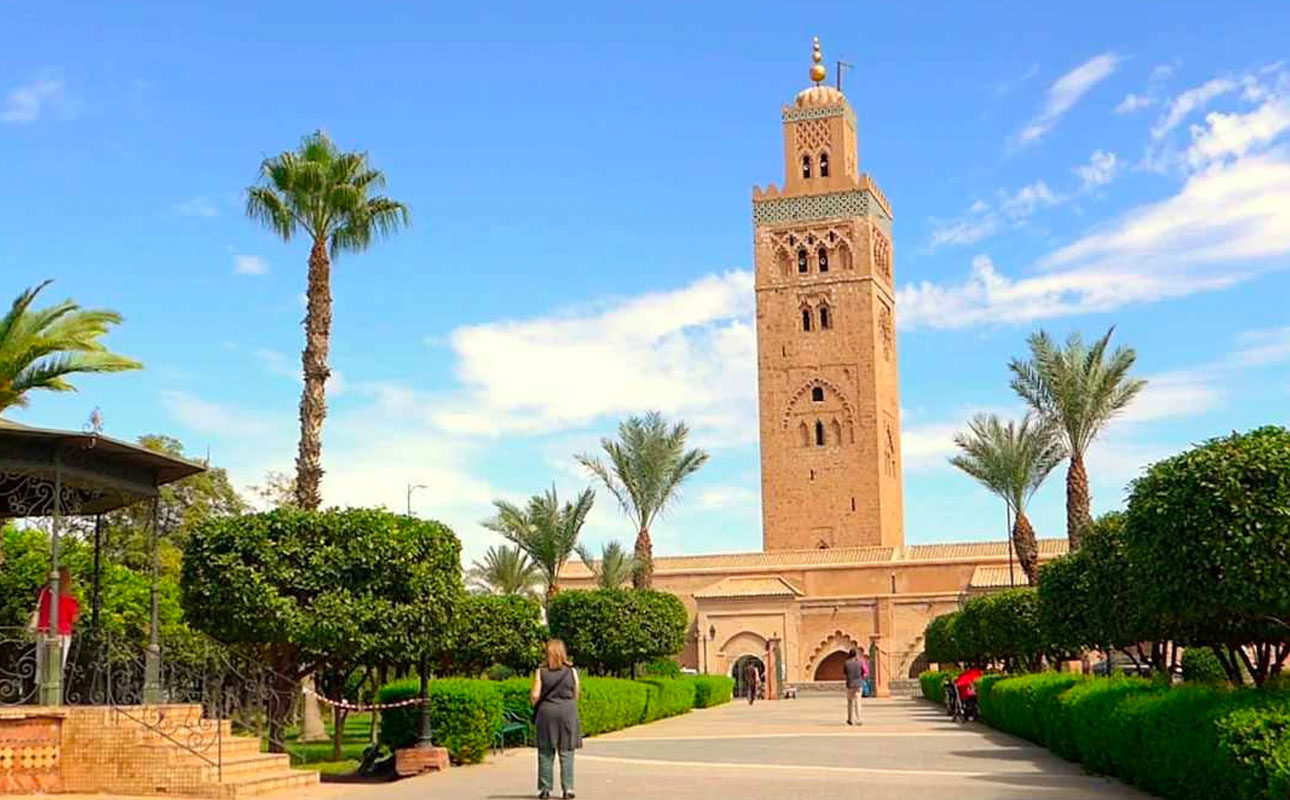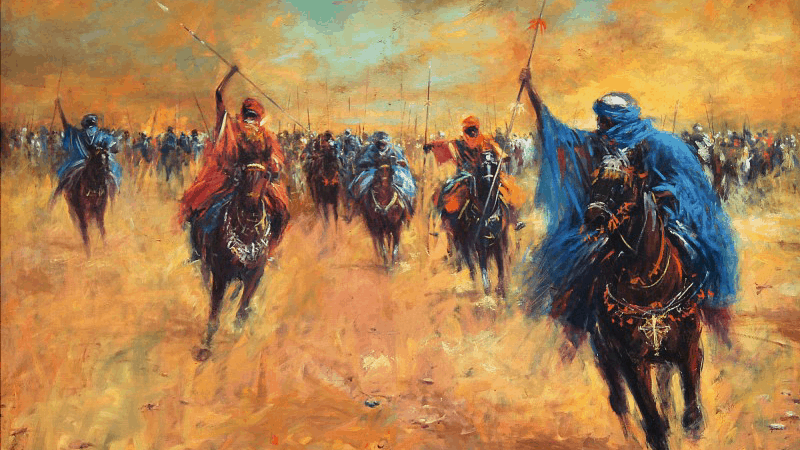African Art and Architecture: A Creative Symbiosis
Ah, the rich and vibrant tapestry of African art and architecture! A realm where creativity, culture, and human ingenuity intertwine to create a breathtaking panorama of history and tradition. Yet, to fully appreciate the depth and breadth of this artistic and architectural landscape, one must delve into the symbiotic relationship that exists between these two disciplines. In this journal, we shall embark on a journey to explore how the creative symbiosis between African art and architecture has significantly contributed to the continent’s rich cultural heritage, reflecting the diversity, history, and traditions of its people.
A. Historical Background of African Art and Architecture
In order to gain a deep appreciation for the creative symbiosis between African art and architecture, we must first acquaint ourselves with the historical context in which these two disciplines emerged and evolved. The cradle of civilization, Africa is home to a plethora of prehistoric rock art, pottery, and early architectural structures that date back thousands of years. Ancient civilizations, such as the Egyptians and Nubians, played a significant role in shaping the artistic and architectural landscape of the continent. Furthermore, the influence of African art and architecture spread far and wide through trade and migration, leaving indelible marks on the cultural fabric of various regions.
B. The Role of Art in African Architecture
In African architecture, art is more than just an afterthought or a decorative flourish. It is an integral part of the very fabric of the architectural design. Let us consider, for example, the decorative and symbolic elements that adorn the walls, ceilings, and facades of buildings across the continent. From the intricate geometric patterns in the Great Mosque of Djenné to the vibrant murals of the Ndebele people, artistic expression enhances the architectural experience.

Sculpture and carving, too, play a crucial role in African architectural design. Consider the Yoruba people of Nigeria, whose palaces and shrines are adorned with intricate wood carvings and terracotta sculptures that reflect their rich cultural and religious heritage. Similarly, the Dogon people of Mali integrate wooden sculptures into their architectural spaces, demonstrating the seamless fusion of artistic and architectural elements.
The use of color and patterns in African architecture is yet another testament to the creative symbiosis between art and architecture. From the vivid blue of the city of Chefchaouen in Morocco to the multicolored facades of the Bo-Kaap neighborhood in Cape Town, South Africa, the relationship between art and architecture in Africa is a kaleidoscope of expression.
C. The Influence of Architecture on African Art
Just as art has played a vital role in shaping African architecture, so too has architecture influenced and inspired African art. The relationship is a reciprocal one, a creative symbiosis that has given rise to some of the continent’s most iconic works of art.
In many cases, African artists have drawn inspiration from architectural forms and motifs. Take, for instance, the Asante people of Ghana, whose intricate gold weights and kente cloth patterns often mirror the geometric designs found in their architectural structures. Similarly, the carved doors and panels of the Swahili people of East Africa reflect the decorative plasterwork and carved woodwork of their distinctive coral-stone architecture.
African art has also depicted architectural structures, providing a visual record of the continent’s architectural history. From the ancient Egyptian tomb paintings that show detailed representations of temples and palaces to the contemporary paintings of West African market scenes, African artists have captured the essence of their built environment in various art forms.
Moreover, architectural design principles have been applied to sculpture and other art forms, further demonstrating the interconnectedness between the two disciplines. For example, the Shona people of Zimbabwe are renowned for their stone sculptures, which often incorporate elements of balance, proportion, and harmony – principles that are also fundamental to architectural design.
D. Examples of Creative Symbiosis in African Art and Architecture
To truly grasp the creative symbiosis between African art and architecture, it is imperative to explore case studies and examples that exemplify this dynamic relationship.
Great Zimbabwe and its Stone-Carved Art
The ancient city of Great Zimbabwe, located in present-day Zimbabwe, offers a fascinating insight into the symbiotic relationship between art and architecture. The city’s stone walls, which were constructed without mortar, showcase the impressive skills of the Shona stonemasons. The walls are adorned with intricate stone carvings of birds, which are believed to symbolize the rulers of the kingdom. These iconic sculptures, known as the Zimbabwe Birds, demonstrate the seamless integration of art and architecture in this UNESCO World Heritage site.
Dogon Architecture and its Integration with Sculpture
The Dogon people of Mali are renowned for their unique architecture, which is characterized by steep, flat-roofed houses built from mud and stone. These structures are often adorned with wooden sculptures and carved doorways, illustrating the intimate connection between art and architecture in Dogon culture. The sculptures, which depict ancestors and mythological beings, serve both as decorative elements and as spiritual guardians for the inhabitants of the houses.
Ndebele Mural Art and its Connection to Traditional Architecture
The Ndebele people of South Africa and Zimbabwe are famous for their vibrant mural art, which adorns the exterior walls of their traditional homes. These geometric patterns, painted with bold colors, are not merely decorative but also carry cultural and spiritual significance. The Ndebele murals exemplify the creative symbiosis between art and architecture, as the art form is intrinsically linked to the built environment in which it exists.
The Asante Kingdom’s Use of Gold in Both Art and Architecture
The Asante people of Ghana have a long-standing tradition of using gold in their art and architecture, reflecting the wealth and status of their kingdom. The Golden Stool, a sacred symbol of the Asante monarchy, is an exquisite work of art that also serves as a royal throne. In addition, the Asante royal palaces and shrines are adorned with gold leaf, gold sculptures, and decorative gold elements, showcasing the seamless integration of art and architecture in this powerful African kingdom.
Lalibela Rock-Hewn Churches and their Carved Reliefs
The ancient town of Lalibela in Ethiopia is home to a series of rock-hewn churches, which are not only architectural marvels but also display exquisite artistic craftsmanship. These churches, carved from the living rock, feature intricate religious reliefs and frescoes on their interior walls, illustrating biblical scenes and figures. This perfect marriage of art and architecture has earned Lalibela the title of “New Jerusalem” and secured its status as a UNESCO World Heritage site.

The Great Mosque of Djenné and its Terracotta Figurines
Located in Mali, the Great Mosque of Djenné is the largest mud-brick structure in the world and a prime example of Sudano-Sahelian architecture. This stunning building is adorned with wooden beams, which are not only structural but also serve as scaffolding for the annual replastering of the mosque. In addition to its architectural significance, the mosque and the surrounding city of Djenné are known for their terracotta figurines. These sculptures, which date back to the 13th century, demonstrate the connection between the city’s architectural achievements and its artistic traditions.
The Palace of the Oba of Benin and its Bronze Plaques
The Royal Palace of the Oba of Benin, located in present-day Nigeria, was once adorned with hundreds of intricately cast bronze plaques. These plaques, which depicted scenes of court life, ceremonial events, and the Oba’s military campaigns, served to decorate the palace walls and celebrate the history and achievements of the Benin Kingdom. The close relationship between the architectural design of the palace and the artistic expression of the bronze plaques illustrates the creative symbiosis that exists between African art and architecture.
The Koutoubia Mosque and its Stucco and Tilework
The Koutoubia Mosque, located in Marrakesh, Morocco, is a prime example of Almohad architecture, characterized by its imposing minaret and simple, yet elegant design. The mosque’s interior features intricate stucco carvings and exquisite tilework, which are integral to the architectural design. These artistic elements, which include geometric patterns, floral motifs, and calligraphic inscriptions, not only enhance the visual appeal of the mosque but also serve as an expression of the religious and cultural beliefs of its builders.
Our journey through the creative symbiosis between African art and architecture has taken us on a fascinating exploration of the continent’s diverse cultural heritage. This dynamic relationship has given rise to some of the most iconic and enduring artistic and architectural expressions in human history.
As we have seen, the impact of this creative symbiosis on African culture and identity is immense. It is through this unique fusion of art and architecture that the stories, beliefs, and values of Africa’s people have been preserved and passed down through the generations.
In conclusion, it is crucial that we continue to celebrate, preserve, and promote African art and architecture, ensuring that this rich cultural legacy is not only appreciated but also continues to inspire and enrich future generations.





 No products in the basket.
No products in the basket.